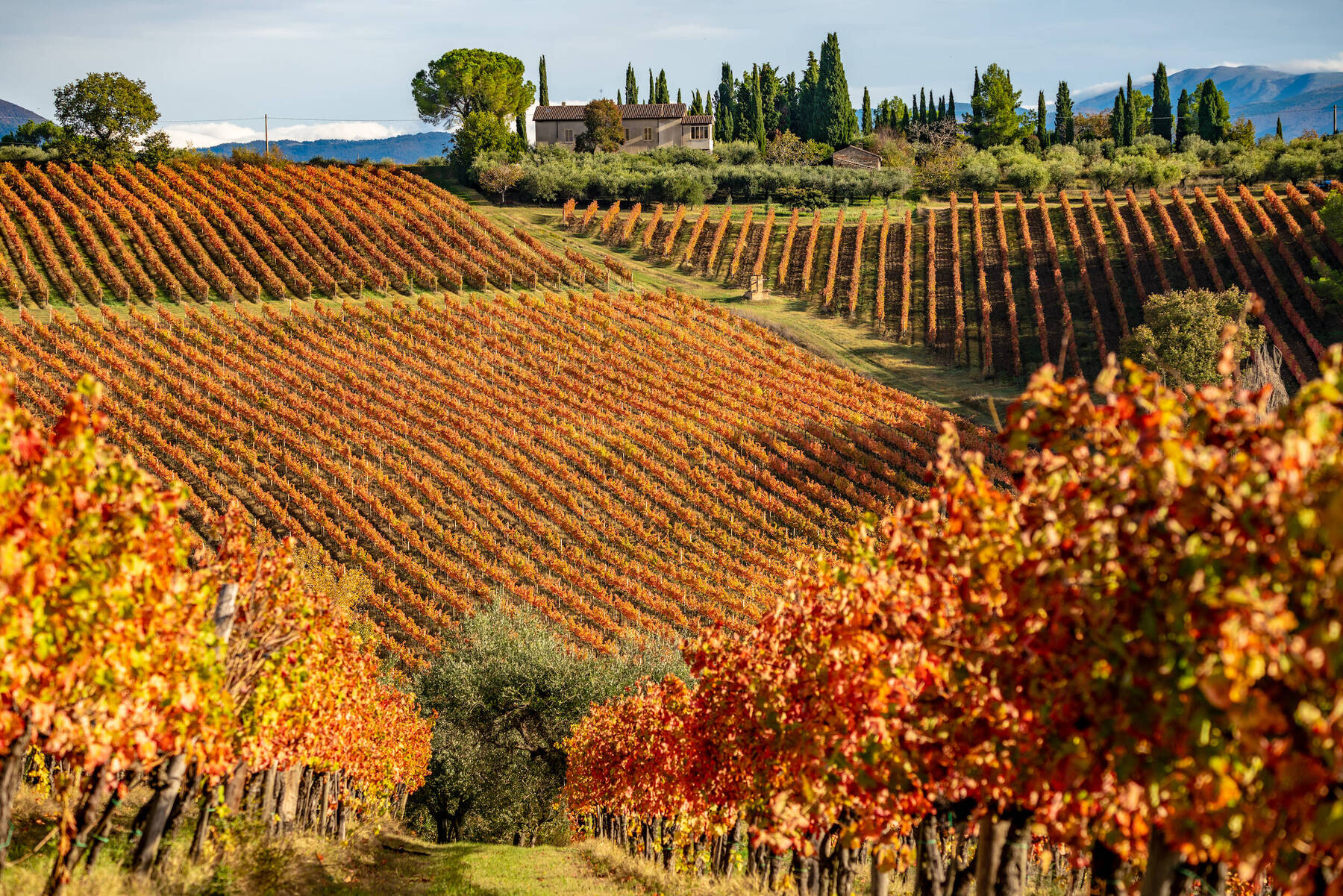From Vine to Wine: The Art and Celebration of the Fall Harvest

As autumn arrives, the vineyard is primed for one of the most anticipated moments of the year: the harvest. After months of nurturing, protecting, and watching the vines, it’s finally time to gather the fruits of the vineyard’s labor. This stage is not only about timing but also precision and care, as each grape is evaluated for its readiness. Vineyard managers, enologists, and pickers work in unison to ensure the best quality harvest, knowing that every decision at this point directly influences the character and quality of the wine to come.
In the days leading up to the harvest, vineyard teams conduct frequent tests on grape samples to monitor sugar levels, acidity, and phenolic ripeness. Each grape variety has its own ideal parameters, and these qualities must align perfectly to achieve the desired wine style. For white varieties, the goal is often to preserve crisp acidity, while red grapes are typically left on the vine a bit longer to develop full, rich flavors and tannins. This delicate balancing act is one of the reasons why harvest timing can vary even within the same vineyard.
Once the optimal ripeness is reached, the harvest begins. In many traditional vineyards, hand-picking is still the preferred method. Although labor-intensive, it allows for a careful selection of only the ripest clusters and minimizes damage to the grapes. Mechanical harvesting is also used in some areas, offering efficiency and speed, particularly in larger vineyards. Both methods have their advantages, and the choice depends on the vineyard’s size, terrain, and winemaking goals.
After picking, the grapes are quickly transported to the winery to preserve their freshness. For white wines, the grapes are usually pressed immediately to separate the juice from the skins, minimizing tannins and enhancing bright, fruity characteristics. For red wines, the grapes are often destemmed and then left to macerate with their skins, allowing for color and tannin extraction. The temperature, length, and style of fermentation vary depending on the grape variety and the winemaker’s vision.
The fall harvest is not just about picking grapes; it’s also a celebration of the vineyard’s year-long efforts. Many wineries host festivals and gatherings during this season, inviting visitors to witness and even participate in the harvest. This time of year offers a unique glimpse into the art and science of winemaking, and there’s a sense of camaraderie as everyone comes together to bring in the crop.
As the last grapes are harvested and the days grow shorter, the vineyard begins its descent into dormancy, but the work is far from over. In the cellar, the transformation continues as the wine matures, developing complexity and character. While we wait to savor the fruits of this year's harvest, we can appreciate the vineyard’s cycle, which will soon start anew. The fall season is a reminder of the harmony between nature and human hands that brings each bottle of wine to life. Cheers to the harvest season and to all the passion, precision, and patience that go into every glass!
Comments
You know you want to
Sign Up For Our Newsletter
Keep up to date on the latest wine releases, events and promotions.